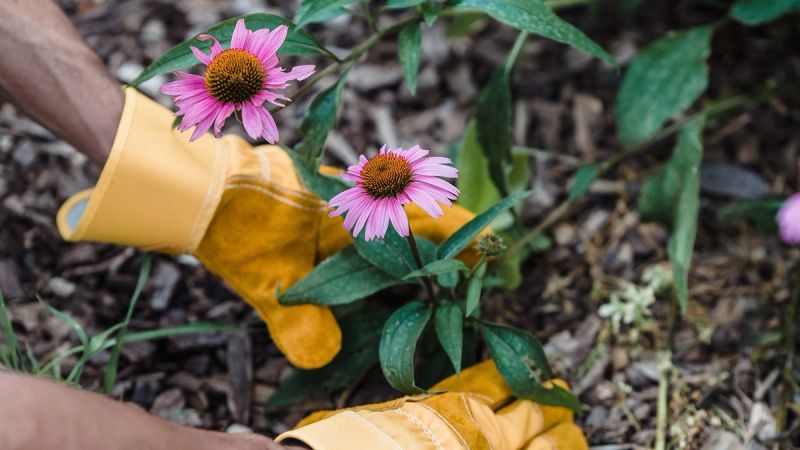What is deadheading?
Deadheading. Sounds mysterious, doesn’t it? We’ll let you in on a secret: it’s super easy. Here's how to do it and why it's important.
Deadheading is quite possibly one of the easiest jobs you can do to keep your garden looking fabulous throughout the seasons. Opinion is, at times, divided on this topic (there are some naysayers out there that believe it’s not really necessary), but when done correctly, deadheading can be the key to great gardening. Read on to learn more about it and its benefits.
In a nutshell, the benefits of deadheading are:
- It keeps the overall plant looking pretty
- It keeps the plant healthy and disease-free
- It tells the plant to keep producing flowers
- It makes your plants flower for longer
What is deadheading?
Deadheading is removing the individual flowers on a plant that have withered and died (by plucking them off with your fingers or cutting them off with your pair of secateurs).
Why do the individual flowers die in the first place?
From bud to beautiful blossom, some flowers have the innate instructions to:
- Develop
- Look as pretty and impressive and as attractive as it can be
- Get pollinated
- Produce a seed for the next generation
Once the flowers have ticked off all those instructions, they’ve pretty much done their job in life and are happy to call it a day. The plant tells the flowers that have done their thing and to expire so it can concentrate its energy on developing the seed for the next generation.
The circle of life and all that. Pretty cool though, right?
Why should I do it?
I know what you’re thinking: if the plant’s already telling the flowers their time is up anyways, why bother deadheading? Well, the plant only needs to tell the flowers to expire; it doesn’t remove them from the plant completely. So left to nature the plant would have lots of old brown withered petals just hanging off the end of stems not doing anything; certainly it won’t make for a dazzling display! Think of deadheading as lending nature a helping hand.
Withered flowers are pretty easy to remove with your hands. Here are some tips on deadheading different types of plants:
- On non-thorny plants where the flowers appear individually (e.g. petunias), simply twist and pluck the old, dead flower off with your fingers.
- On non-thorny plants where the flowers appear in clusters (e.g buddleyas and floribunda roses), cut off the whole cluster as the majority of old, dead flowers go brown
- On thorny plants (e.g.roses) get the secateurs out and cut the flower off (that’s the petals and the little hard bump at the bottom of the flower too.)
TOP TIP: we recommend you put your gloves on for this job; old petals can get sticky!
Benefits of deadheading
Deadheading tells your plant to keep producing flowers rather than developing its seeds.
Here’s a reminder why that’s great news for you, the gardener.
- Deadheading means your flower displays last much longer.
- Deadheading means the bees and butterflies are kept happy for longer. (More flowers = more pollen and nectar)
- Deadheading means you have plants full of vibrant and colourful blooms. (And on scented shrubs - the best fragrance)
- Deadheading means there is more air flowing between the flowers and the leaves; better ventilation reduces the chance of plants getting diseases.

Do some plants respond better to deadheading than others?
The answer is yes, although some plants like a bit of maintenance more than others - while some might thrive more with a helping hand, others are quite happy to just do their thing if left alone. Here are some examples of plants that do really best when deadheaded:
- Petunias
- Busy Lizzies
- Begonias
- Roses
- Rhododendrons
- Pansies
- Primroses and polyanthus
- Camellias
- Buddleyas
- Hellebores
To deadhead, or not to deadhead?
The choice is ultimately down to you, but deadheading is an easy habit to get into that can have a great impact on your plants. It’s therapeutic and gives you a bit of time out from your busy day to do a gardening job that doesn’t take much effort but does the world of good for your flowering plants.